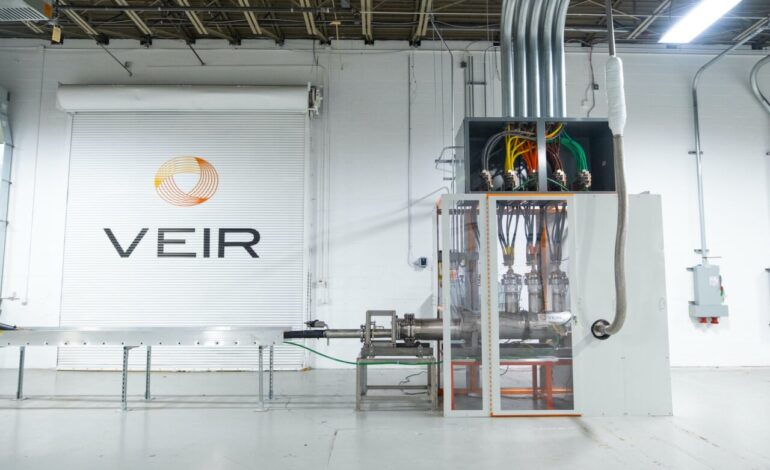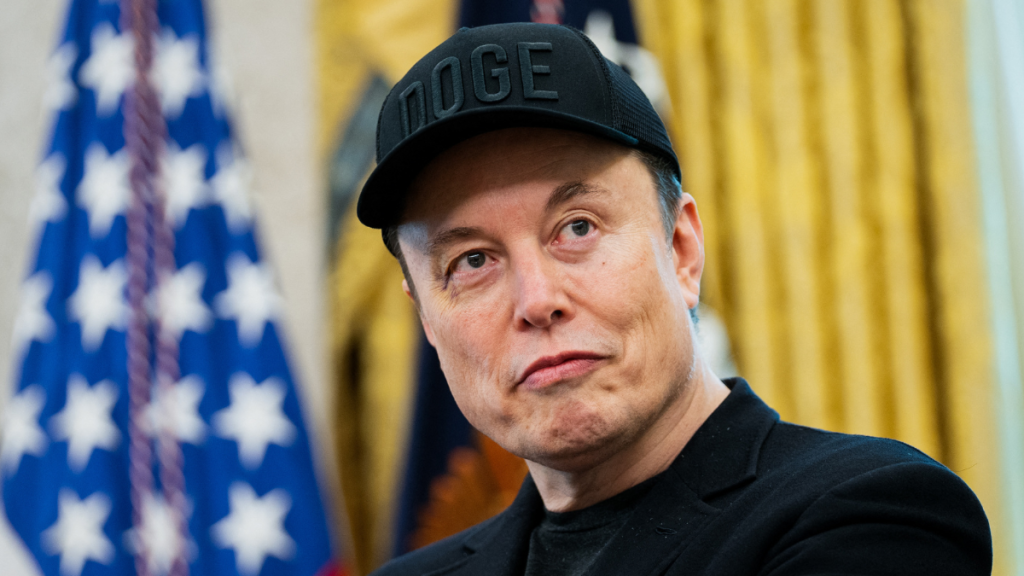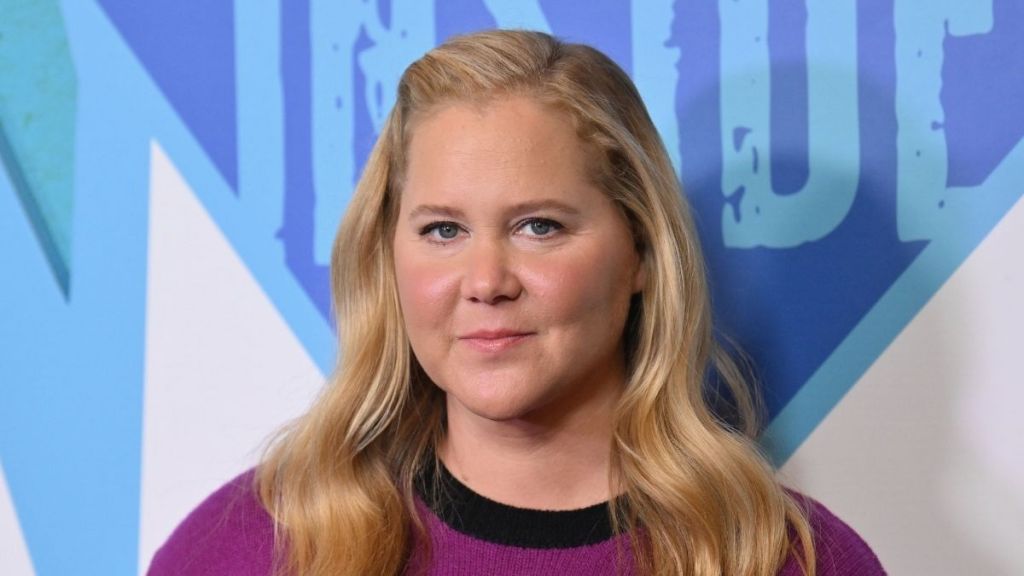Startup VEIR Achieves Breakthrough in Superconducting Power Technology

The Massachusetts-based startup VEIR has announced a significant advancement in superconducting power delivery technology, a development that could reshape the energy demands of artificial intelligence (AI) data centers. VEIR’s innovative Superconducting Technology for AI Racks (STAR) successfully delivered 3 megawatts of power through a single low-voltage cable in a demonstration conducted in a simulated data center environment near its headquarters in Woburn, Massachusetts.
The demand for energy in the AI sector is soaring. Major tech companies, including OpenAI and Meta, are investing heavily in new data centers to support their expanding computational needs. OpenAI’s facilities are expected to require at least 7 gigawatts of compute power, while Meta’s projects aim to add another 6 gigawatts of capacity. In response to these challenges, some AI firms are even exploring the purchase of their own nuclear power plants to ensure a stable energy supply.
VEIR’s Technological Edge
VEIR’s STAR technology utilizes superconductors that can carry electricity without energy loss when maintained at low temperatures. This contrasts sharply with traditional power systems that rely on copper or aluminum cables, which are less efficient and lose energy as heat due to electrical resistance. Tim Heidel, CEO of VEIR, highlighted the significance of this development by stating, “The power bottleneck is the single biggest constraint for AI and data center growth.”
The STAR demonstration not only underscores the technology’s ability to meet high power levels but also showcases a reduction in the space and weight requirements compared to conventional systems. According to VEIR, their technology can transport up to 10 times more power through smaller cables. The routing footprint for low-voltage power is 20 times smaller, and the distance coverage is increased up to 5 times compared to standard systems.
Industry Support and Future Applications
Earlier in 2023, VEIR secured $75 million in Series B funding, with significant backing from Microsoft’s Climate Innovation Fund. This infusion of capital is intended to expedite the commercialization of their technology. The superconducting cables used by VEIR are made from a specialized material that eliminates electrical resistance and is cooled using liquid nitrogen, which not only provides cooling but also evaporates in a way similar to how sweat cools the human body.
Brandon Middaugh, Senior Director of Microsoft’s Climate Innovation Fund, remarked on the broader impact of VEIR’s technology, stating, “One of the biggest challenges for greater availability of clean energy is that improved infrastructure is needed to deliver carbon-free electricity at scale.” The implications of VEIR’s innovations extend beyond data centers, as they could enhance the efficiency of utilities and renewable energy facilities.
Despite the promising results from the demonstration, Heidel noted that the technology’s performance in real-world applications remains to be seen. This significant step forward positions VEIR at the forefront of the ongoing race to meet the energy demands of AI, while also addressing the broader need for sustainable energy solutions in the industry.





